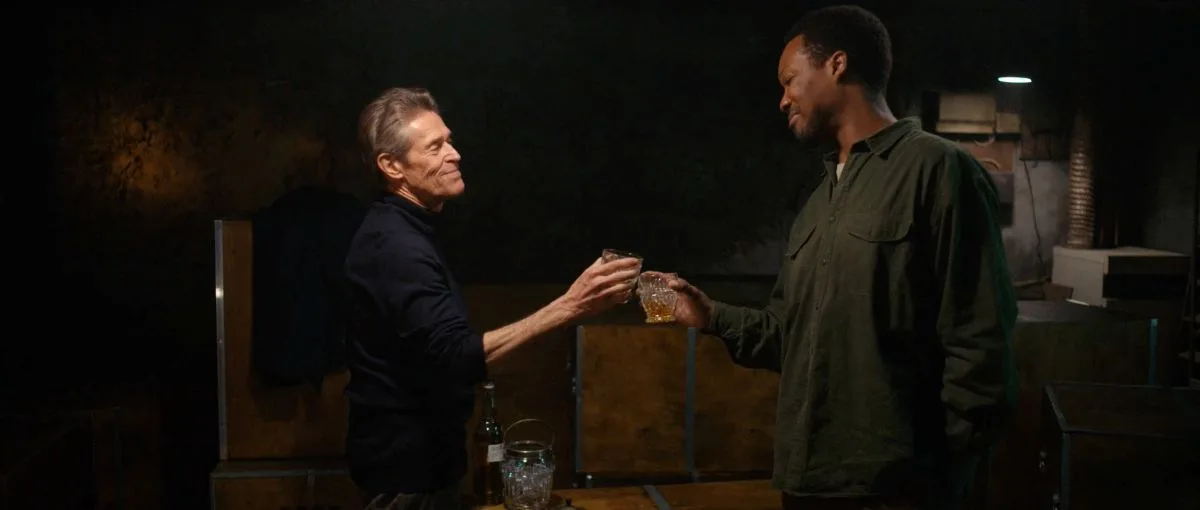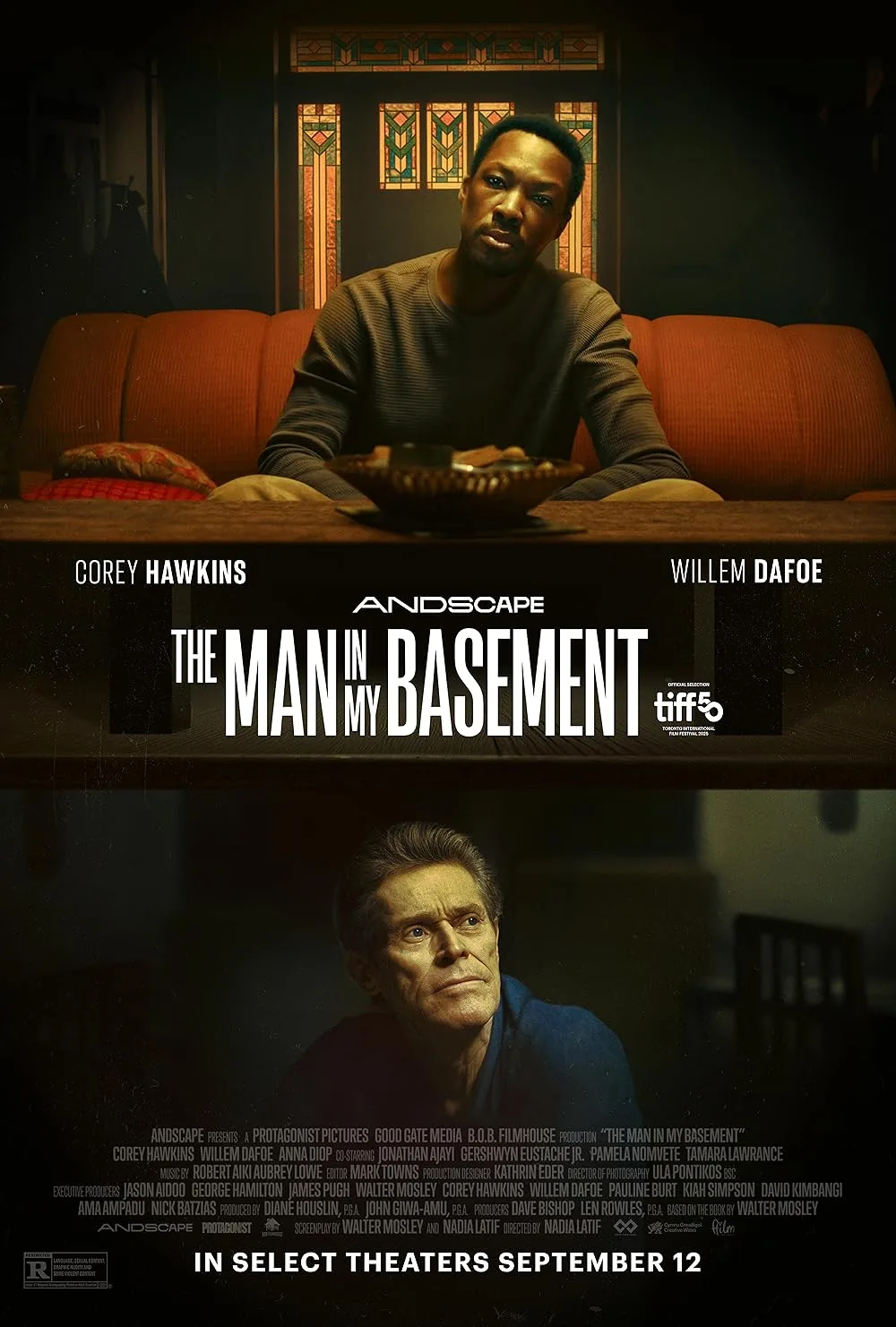Nadia Latif’s “The Man in My Basement” attempts to take the very ambitious ideas of Walter Mosley’s acclaimed novel of the same name and make them literal. Thematically dense texts often work better on the page, a place where ideas can take a less-defined shape than the usually overly practical nature of film storytelling. Despite a pair of powerful performances, Latif never quite figured out how to tell this complex story of race, history, and the commodification of both. Fans of the leads or the source material may want to see how it looks made three-dimensional, but Latif is ultimately too hesitant to really dig into the fertile dirt provided by the text.
Corey Hawkins plays Charles Blakey, a Black man in the New York community of Sag Harbor who is in a dark chapter of his life. He’s having so much trouble making ends meet that he’s considering selling the house that’s been home to his family tree for generations. A gorgeous residence, the production design team on “The Man in My Basement” deserves credit for turning their setting into a character. We can hear the creaks of the wood and smell the generations of people who have crossed it.
As he’s about to hit rock bottom, a Faustian figure appears in Charles’ life in the form of Anniston Bennet (Willem Dafoe). He knocks on the door and presents Charles with an offer: Let me live in your basement for a few months, and I’ll pay you more than enough to wipe away your debts. Charles is understandably hesitant, but moves forward anyway, clearly having never seen an episode of “The Twilight Zone.”
By the next morning, Anniston had built a cell in the Blakey basement. He will reside in this enclosure, and Charles will care for him, bringing him food and tending to his other needs. Anniston presents himself as a businessman, someone who appraises and basically resells history, although his exact purpose remains elusive for Charles and the audience. The racial subtexts are present, of course, with Charles being forced to cater to every will of this strange white man. Even with his master in a cell, Charles is made the servant. Anniston’s arrival pushes Charles to uncover antiques and artifacts in his own home, leading him to a reconciliation with his own past and how much he’s ignored it.
Clearly, “The Man in My Basement” has enough thematic depth to keep viewers engaged, and it does feel like some of the conversations that emerge after watching the film could produce more interesting content than the movie itself. Perhaps it was intended to be a conversation starter more than a statement. Still, the gray areas ultimately prove disappointing, feeling too much like apprehension, an uncertainty that also reveals itself in the film’s relatively tame visual language. This is a film that constantly feels like it should be awash in daring visual choices, but more often chooses to play it straight. Even the plotting never quite reaches the intensity promised by the setup, with only glimpses of the truly dark, unsettling, and atmospheric piece this could have been.
Luckily for Latif, her decision to basically turn this into a two-hander is rewarded by her casting. Hawkins is good, even if he lacks the anger I suspect a once-cast-but-canceled Jonathan Majors would have brought to the piece. However, it’s Dafoe who’s expectedly fantastic. He’s always had an ability to use that massive smile of his in a way that’s somehow both warm and terrifying. He employs it like a weapon here, making it believable that someone like Charles would give him a chance. Watching these two performers grapple with a text as rich as Mosley’s only leads one back to wishing the film around them trusted them enough to take more risks and to really go somewhere other than the first floor.
This review was filed from the Toronto Film Festival. It opens in limited release on September 12.




















